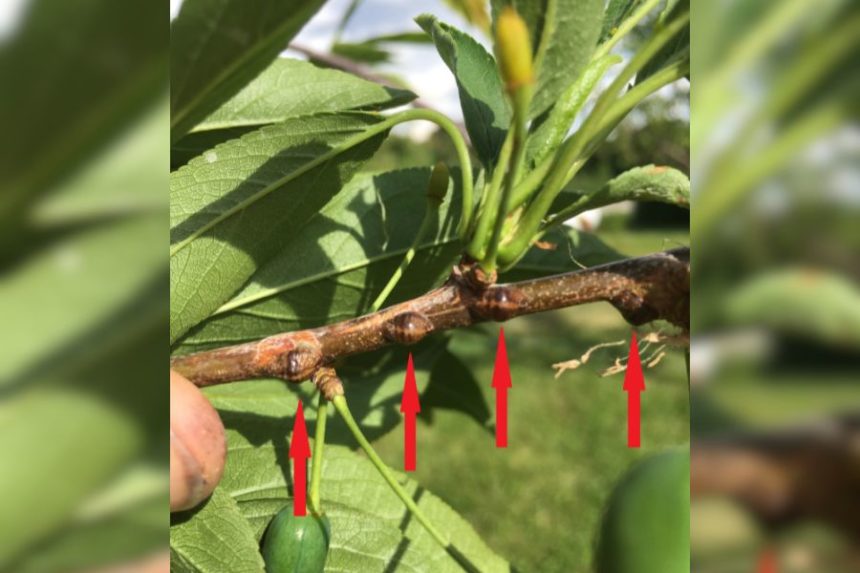Pest control: Horticultural oil vs dormant oil
Published at | Updated at
Horticultural oil (and its use) is frequently misunderstood. Hopefully, this information will give you enough knowledge to use this valuable tool in your pest control toolbox effectively.
Historically, horticultural oil was called dormant oil because it was unsafe to use on trees once there were leaves. Early oils were less refined and unsafe to use on plants after they broke dormancy. However, these older oils have been replaced with more refined, lightweight oils that can be applied safely to plant foliage if done correctly.
The oil concentration in your spray and time of application determines whether it is being used as a dormant oil. There are still some differences in the quality of horticultural oils, so follow the label of your product. Phytotoxicity (damage to leaves) can occur if the wrong product or concentration is used on actively growing plants.
Some may view horticultural oil as a less effective alternative to conventional insecticides. Horticultural oil is frequently used as a primary insecticide in organic orchards. However, its value as a pest control tool can stand on its own merits regardless of what other treatment measures you choose to employ.
Horticultural oils work by smothering insect and mite pests/eggs and breaking down their protective coatings, causing the pests and/or eggs to desiccate (dry out). Thorough coverage of trees is critical. Pay special attention to cracks and crevasses in the bark and around buds. Dormant and delayed-dormant applications are usually applied at a rate of 2% — which is five tablespoons in one gallon of water. If you’re not growing organically, an insecticide can be added for residual control.
When spraying apple trees, add copper for fire blight if this has been a problem in past years. Apply oil on a clear, non-windy day, with temperatures in the 50 to 70 degree range.

The timing at which you can effectively use “dormant” oil concentrations (2%) varies amongst fruit varieties. Generally, you want to target the window between bud swell and bud break. This timing balances adequate insect activity while allowing the 2% oil concentration for maximum control. If you want to be more specific, the last point at which you can safely apply oil for each crop is listed in the table above. For images of the development stages, see “Cold Effects On Fruit.”
There are two significant benefits to incorporating horticultural oils into your orchard pest management plans. First, they are less damaging to beneficial insects and can reduce reliance on other insecticides later in the season. Second, no insect or mite pests have developed resistance to horticultural oil despite their being in use for many years.

In the Garden is sponsored by ProPeat, which is dedicated to delivering solutions for any of your professional fertilization needs. Whether you need to reduce the harm to soils and the environment, or you're interested in the latest nitrogen, carbon and biochemical technologies, ProPeat is the perfect fit.


